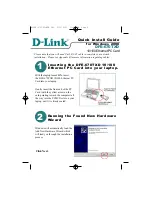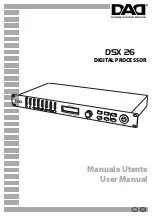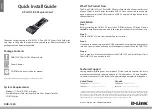
Operation of the GPIB
Section One
GPIB-PC User Manual
1-2
©National Instruments Corp.
The switching center (Controller) monitors the communications network
(GPIB). When the Controller notices that a party (device) wants to
make a call (send a data message), it connects the caller (Talker) to
the receiver (Listener).
The Controller usually addresses a Talker and a Listener before the
Talker can send its message to the Listener. After the message is
transmitted, the Controller usually unaddresses both devices.
Some bus configurations do not require a Controller. For example, one
device may always be a Talker (called a Talk-only device) and there
may be one or more Listen-only devices.
A Controller is necessary when the active or addressed Talker or
Listener must be changed. The Controller function is usually handled by
a computer.
With the GPIB-PC interface board and its software, your personal
computer plays all three roles:
•
Controller - to manage the GPIB,
•
Talker - to send data, and
•
Listener - to receive data.
The Controller-In-Charge and System Controller
Although there can be multiple Controllers on the GPIB, only one
Controller at a time is active, or Controller-In-Charge (CIC). Active
control can be passed from the current CIC to an idle Controller. Only
one device on the bus, the System Controller, can make itself the CIC.
The GPIB-PC is usually the System Controller.
















































